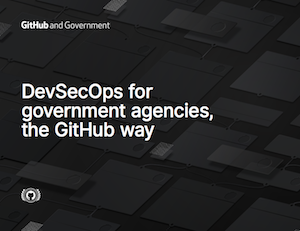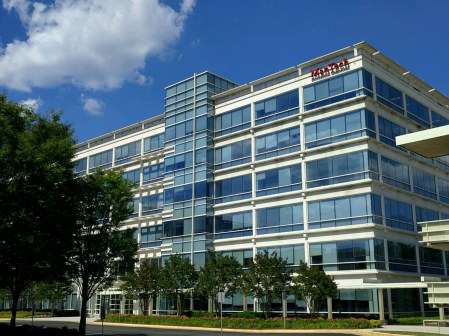- Sponsored
- Tech
Speed and security for software — DevSecOps makes it possible

As government agencies look to acquire or build modern software to drive successful digital transformation, speed and security are key.
Speed and security at the same time? It might sound like a contradiction, but it’s not. By “shifting security left” — or earlier — in the software development pipeline and adding automation, DevSecOps saves meaningful time in the innovation cycle while making software more secure, according to a new GitHub white paper.

Read the full report.
DevSecOps is a philosophy that treats security as code, continuously integrating development, operations and security teams from the start of software development.
In “DevSecOps for government agencies, the GitHub way,” open source software-development platform provider GitHub explains how agencies can achieve authorities to operate (ATO) quicker by building out a DevSecOps workflow.
“Shifting left increases collaboration, creates better code, and maintains security and compliance—but requires technology that can keep up,” the white paper says. “From automated workflows to built-in code review, GitHub helps your organization detect security vulnerabilities sooner and prevent them in the first place.”
By using GitHub, government agencies can simplify and accelerate their ATOs through standardization and automation, allowing for a continuous accreditation posture. So, instead of waiting for software to be complete to test, security teams can jump in earlier in the process — “keeping friction low to speed up compliance and innovation.”
Likewise, teams can provide secure baselines and setting for how they build software, with transparent audit logs mapped to NIST 800-53 controls and evidence. Doing so “allows
security professionals to understand the impact of development activities in real time and better manage risk.”
GitHub allows users to develop an extensive DevSecOps workflow, starting with a secure development environment. “The systems you build are only as secure as the systems you build them on, so having an end-to-end, Impact Level 5 (IL5) environment confirms that all activity is secure from the start,” the white paper says.
On top of that, the GitHub platform offers a full suite of tools and features to bolster agencies’ adoption of DevSecOps, like event traceability and auditing; GitHub Actions for task scheduling, automation, and integration; peer code review; a rich integration platform; policy and user enforcement; governance as code; templates; supply chain vulnerability awareness; and more.
“Shipping software that’s more secure doesn’t mean sacrificing speed or innovation,” GitHub’s white paper concludes. “Developers and security teams can build safer applications by making security part of the development lifecycle from step one. Combined with GitHub and the deployment capabilities found in leading cloud platforms, your team can create a DevSecOps pipeline that meets government standards without compromise.”
Learn more about shifting to a DevSecOps process in software development.
This article was produced by FedScoop for, and sponsored by, GitHub.






